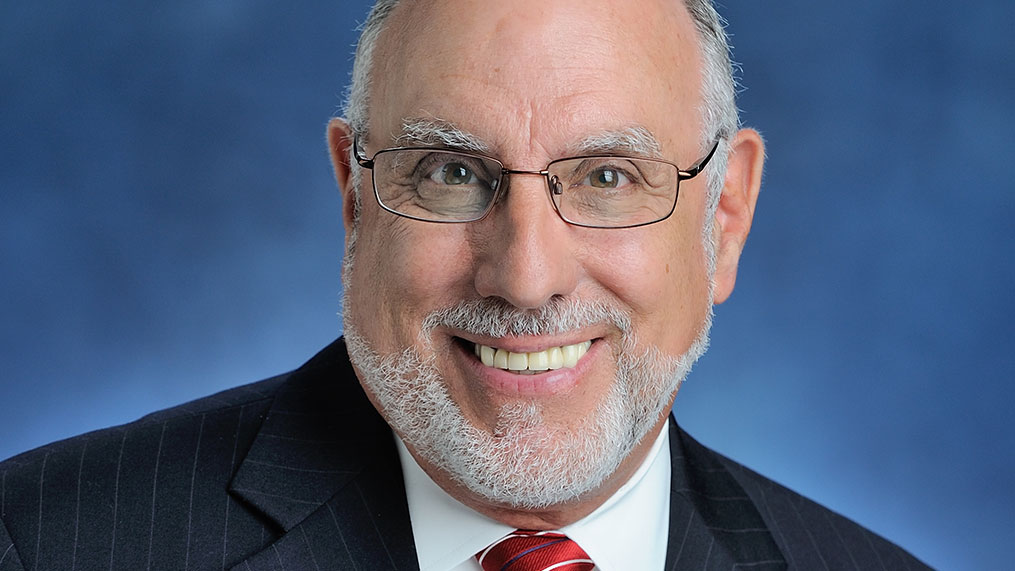In his State of the State address in January, Gov. Andrew Cuomo called for an increase in education spending but also proposed a new process that he said would distribute funds more fairly.
“This budget raises the total education budget to $27 billion but it introduces a new formula called the Education Equity Formula which would distribute the money not just to the poorer districts, but to the poorer schools in the poorer districts. And let’s end those funding disparities once and for all,” the governor said.
However, Cuomo’s education proposals have been sharply criticized, with lawmakers saying they’re misguided and counterproductive. Here’s where three key state legislators stand on the issues.
Shelley Mayer, Chairwoman, state Senate Education Committee

What do you make of Gov. Andrew Cuomo’s proposal to increase education spending by about $1 billion?
No. 1, I believe for all of us, is getting more Foundation Aid, particularly focused on schools and districts with the greatest need. There are unique circumstances that we must address, but we need to get more money on the table, and we are going to continue to press for that.
The governor has proposed that school districts develop equity plans to steer new funding to high-need schools. Do you support that idea?
I do not think that is a well-designed proposal to target funds to schools in need. The data on which the decisions are made, in my opinion, is not analyzed correctly. In other words, a school may be in a higher-income community within a community but it may have more expensive costs. I think the proposal is punitive in insisting that if the money does not go to those schools, the district should lose that funding. So I am not in favor of that and I hope that my colleagues reject it.
There is also a proposal in the budget to consolidate different types of aid programs into one to save costs. Is the governor onto something here?
I think the bundling of the reimbursement aid is a serious mistake. Districts need to have some predictability that they are going to be reimbursed for absolutely essential things. For example, one district official told me that they had to all of a sudden negotiate a new bus contract. Why are we bundling and ultimately trying to drive down the reimbursements for essential costs that are part of running a school district? I think it’s a mistake and I think it should be rejected.
With one month left until the April 1 state budget deadline, what can legislators do to get more Foundation Aid in the budget?
We are going to have the Senate one-house bill and I hope that reflects substantial additional funding for Foundation Aid. Having served in the Assembly for six years, I can only hope and anticipate that they do the same, and then we’ll negotiate. We’re going to use the process that the Legislature has to push for additional funding. I’m optimistic, notwithstanding the challenges. We’ve had a lot of challenges in New York. This is not the first year with fiscal challenges.
John Liu, Chairman, state Senate New York City Education Committee

Gov. Andrew Cuomo’s proposed budget includes a $338 million increase in Foundation Aid, far short of the $1.66 billion increase that advocates wanted. What happened?
The governor made it clear back in December that he didn’t think much of this long-standing court order. I believe he called it a Ghost of Christmas Past. Many of us in the Senate do not agree with that. Not only is the $338 million woefully inadequate, but the executive budget contains provisions that simply deserve to be stripped out. To have the state Division of the Budget usurp authority over the judgement of local school districts – which actually have to run the schools – is not good public policy and I believe those stipulations should be stripped out.
It’s nothing more than rhetoric to say that the executive budget directs money to the higher needs districts. Who is to say that the state Division of the Budget has any better judgment about which schools are high needs?
What about this proposed consolidation of different types of reimbursements for schools that buy things like computers and textbooks?
That’s just a naked attempt to reduce the overall amount of aid for these functional budgets.
How does New York City fare in this proposed budget compared to other areas of the state?
This is simply not a downstate-upstate issue. We are all in it together. An increase of $1.66 billion in Foundation Aid would actually benefit upstate schools proportionally more than New York City schools, while nonetheless providing all schools with the badly needed additional funding.
There’s been a lot made of divisions among Democratic lawmakers ever since the Amazon deal fell apart. Could those divisions come up again in this fight over education funding?
So you went through all of those earlier questions before you got to your real question? The Amazon deal was a lot of things to many people and nothing to many people. People will have differences in opinions on anything as big as the Amazon issue. The failure of the Amazon deal will not distract from the needs for more Foundation Aid. That need existed long before, and in fact was validated by the courts, and that need exists today. The Amazon deal was not going to be part of this year’s budget by any stretch of the imagination. Our competitive advantage in New York state is education. That’s where our long-term sustainable investments should be made. Not in short-term, shortsighted tax breaks.
Michael Benedetto, Chairman, Assembly Education Committee

The governor wants local school districts to direct funding increases toward schools with lower per-pupil spending. What do you make of his plan?
I think it is something that we have to look at a lot more carefully. On the face of it, I’m not very happy about that. I want to see how he calculates high-needs districts, and I am kind of resistant to the idea of the governor possibly micromanaging the various school districts. The superintendents and the individual schools know best what their needs are. They should be able to be the ones that are planning how best to use the money. Schools can vary from area to area, community to community. Some schools have teachers that have a lot more seniority, which may be why they are costing more. All of this has to be factored in.
What about the governor’s idea to cut costs by consolidating all the different funding streams that reimburse schools for different expenses?
That’s another thing that I don’t think we’re too happy with. I think the individual school districts would like to see that aid not put into a block grant. They might want more freedom, and I think in the long run the individual districts will be losing money if they do it the governor’s way.
It always boils down to money and getting enough money for the schools and how much that money is is always going to be a contested amount of money. There is no doubt about the fact that the school districts need more money – a lot more money than what the governor has put on the table now. Our challenge is to convince him of our position.
Is there any chance that you can win over the governor to provide $4.9 billion more in Foundation Aid over three years?
That might be a long reach, but I believe it’s a reach that we have to make because our schools need it if they are to effectively deal with their students – both educationally and socially. You can’t just throw out a formula that’s there without showing us what you plan to do. This was a formula that came about after the Campaign for Fiscal Equity case was settled. It was a formula that was designed to effectively show what is needed in the school districts around the state. I don’t want to move on to another formula without first seeing how that formula is going to be developed.


